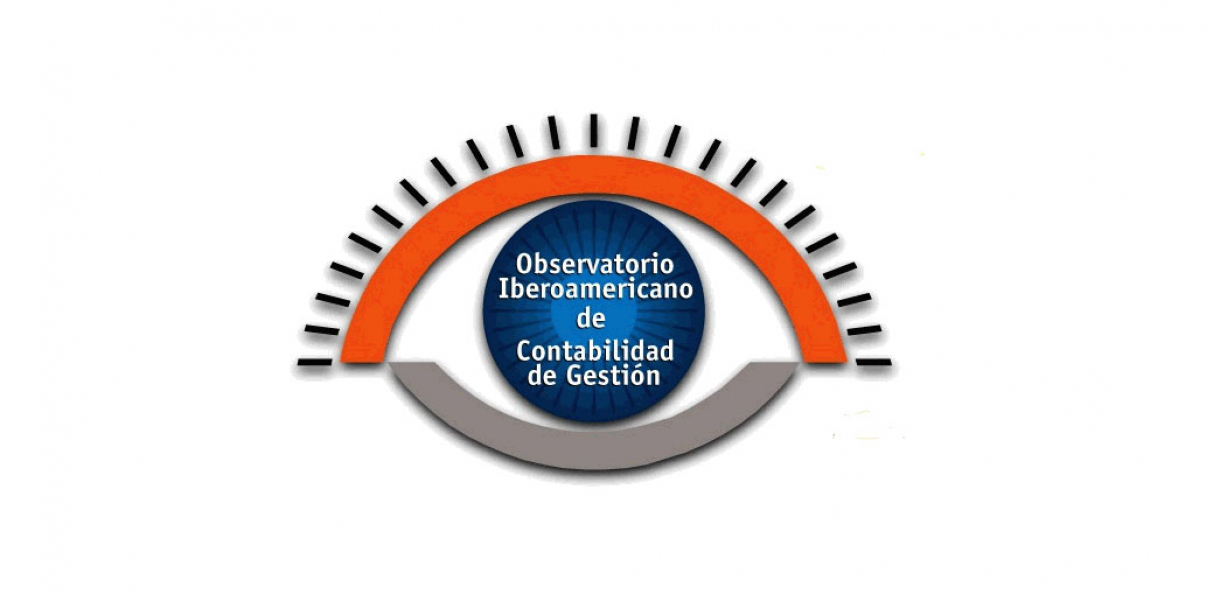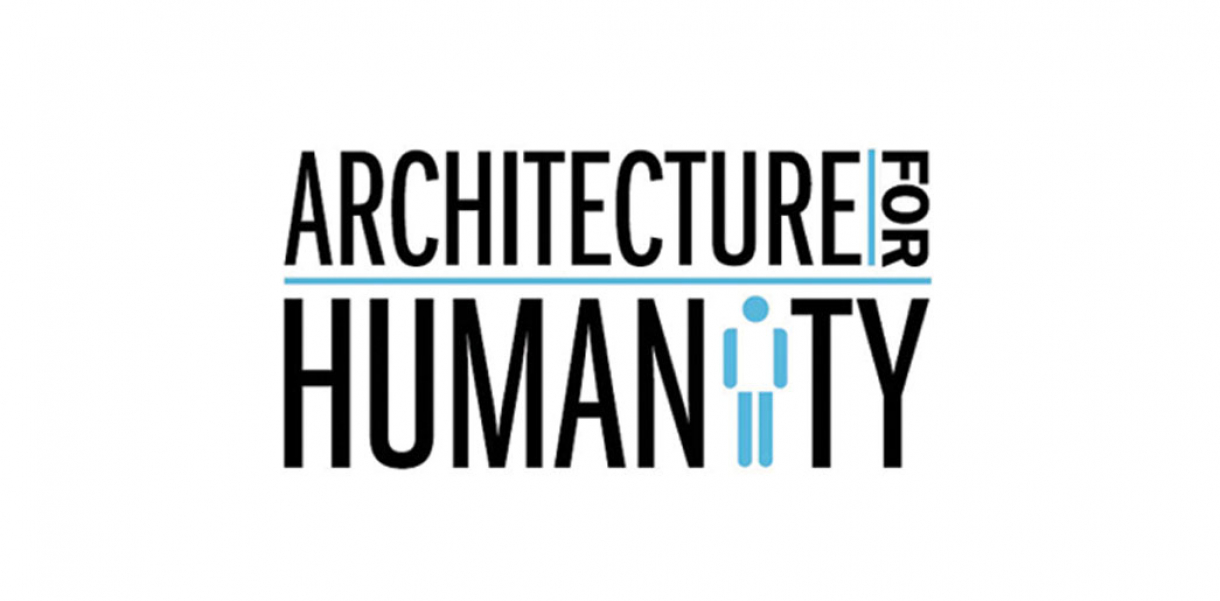You could be forgiven for thinking that the iPod and its media-download system iTunes won the first-ever Index Award in the Play category because of the sort of look-and-feel qualities that relate to form.
After all, the original "classic" iPod design has been entered into the permanent collection of the Department of Architecture and Design at the Museum of Modern Art and can at times be seen on display in the Philip Johnson Galleries on the museum's third floor in New York.
But in fact, what transcends even the acclaimed physical design of the instrument – now iterated in different styles and for video as well as music – is the Digital Rights Management (DRM) step forward the advent of Apple's products represented.
Called FairPlay, Apple's DRM technology, based on the work of Veridisc, is built into the QuickTime software that you may have noticed is always a part of an iTunes update on your computer. iTunes software relies on QuickTime to decode and play back files encrypted with FairPlay.
And what DRM means to the industry was protection for those who hold the rights to the music and other media work we all can enjoy in downloadable format. A DRM encryption makes it almost impossible to play media without proper authorization.
Today, things have changed. As reported in January 2009 by the New York Times, three of the four major music labels – Sony, Universal and Warner – have begun selling music through iTunes without DRM. In return, Apple has begun moving away from the 99-cents-per-song pricing structure it maintained for years.
The hope is that this can help lift digital-music sales, which have slowed only five years after the introduction of iTunes, the Times reports. Retail sales of CDs have fallen so drastically that even the 2.4 billion songs bought on iTunes in 2008, industry observers say, aren't enough to make up for music-industry shortfalls.
So ironically, the aspect of design that first drew attention to Apple's innovations within less than a decade has given way to market forces, the online music purveyor and labels having compromised for sales.
But the efficacy of the original design and the rights-protection barriers it broke remains an award-winning moment in arts and entertainment distribution history.
Designed by
Apple
Website
www.itunes.com






